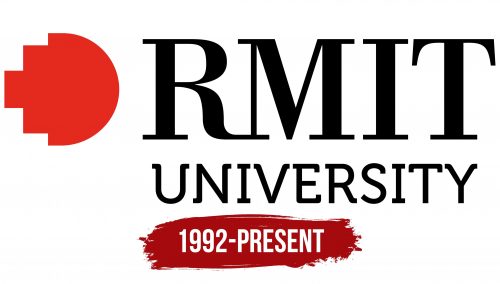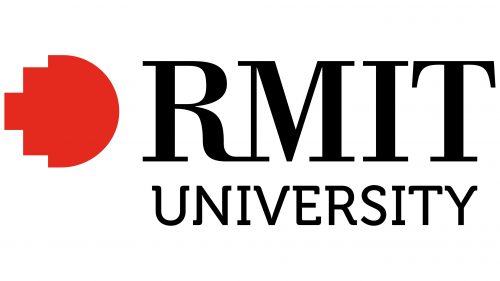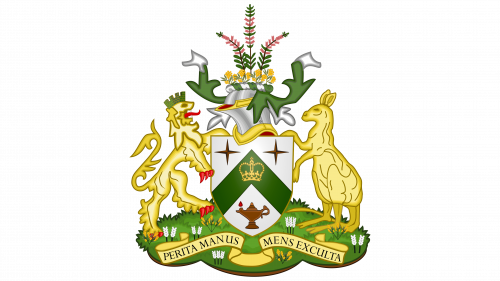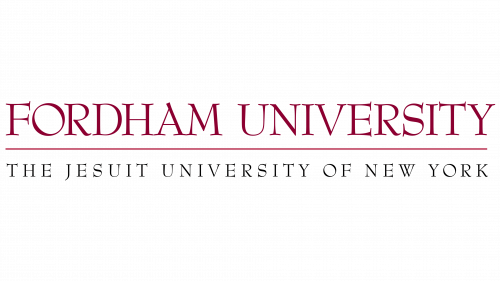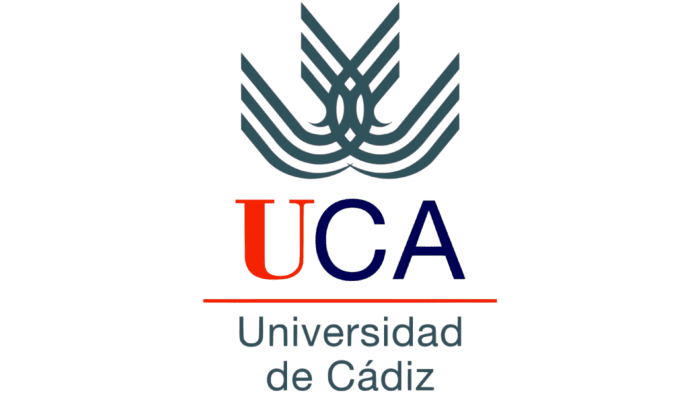The RMIT logo is an ode to geometry and harmony, reflecting the balance and diversity of academic programs. The symbol combines smooth lines and straight angles, symbolizing the harmonious coexistence of humanities and technical faculties within one educational institution.
RMIT: Brand overview
The Working Men’s College in Melbourne, Australia, was established in 1887 by philanthropist Francis Ormond, marking the beginning of RMIT’s (Royal Melbourne Institute of Technology) history. The working class needed technical education amid Victoria’s increasing industrialization, which is why this institution was established.
On June 7, 1887, the college opened for business with 320 students enrolled. At first, the classes were held in the evenings so that working people could attend. The institution focused on practical skills and offered science, technology, and arts courses.
The college’s name was changed to Melbourne Technical College in 1890 to better reflect its educational objectives’ scope. The fact that there were now 2000 students enrolled shows how popular and significant technical education had become.
An important turning point in the college’s history occurred in 1912 when it was granted the authority to provide diplomas. This improved its standing and student appeal significantly.
The college was crucial in preparing technical professionals for military requirements during World War I. The number of students was briefly reduced as many faculty members and students moved to the front.
The college was renamed the Melbourne Technical College in 1934 to highlight its status as the state of Victoria’s premier technical educational facility.
Once more, World War II changed the college’s emphasis. It took an active position in preparing specialists for the military and the defense sector.
The Royal Melbourne Technical College was established in 1954, after the war, when it was granted permission to use the prefix “Royal” in its name. This acknowledgment was a testament to the institution’s high standing and contributions to science and education.
Another notable transformation occurred in 1960 when the college was renamed the Royal Melbourne Institute of Technology (RMIT), a moniker it still uses today.
The institution dramatically increased the scope of its academic offerings in the 1970s and 1980s, adding humanities and technological disciplines in response to the shifting demands of the economy and society.
The institution’s history changed in 1992, when it attained university status. This modification created new avenues for advancing research and the growth of instructional initiatives.
The school started actively pursuing international partnerships in the 1990s. Establishing a campus in Vietnam in 1998 was a significant milestone in the university’s global expansion.
The 2000s were marked by the institution’s continued modernization and growth. Links with industry were reinforced, new research institutes were established, and online learning initiatives were broadened.
RMIT commemorated its 125th anniversary in 2010, solidifying its place among Australia’s top technology universities.
The university’s standing abroad was further enhanced in 2013 when a new campus was opened in Barcelona, Spain.
The institution initiated a comprehensive $700 million campus revitalization initiative in 2014. As part of this program, new buildings were built, and old facilities were renovated to enhance the research infrastructure and learning environment.
The New Academic Street precinct in central Melbourne opened for business in 2015. This project drastically changed the urban campus, creating new student engagement and learning areas.
The school introduced the ground-breaking “Ready for Life and Work” program in 2016 to improve graduates’ employability through the curriculum’s integration of real-world knowledge and professional experience.
2017 saw a considerable increase in funding for scientific endeavors. The institution’s leadership in 3D printing and advanced manufacturing technologies was reinforced with the opening of the new Center for Additive Manufacturing.
The university opened a new office in Indonesia in 2018 as part of its Asian expansion. This improved the university’s relations with other countries and created new opportunities for regional cooperation.
The institution launched RMIT Activator, a program designed to encourage student invention and entrepreneurship, in 2019. Students who participated in this program received tools and coaching to help them launch their businesses.
Notwithstanding the world’s obstacles, the institution greatly increased the scope of its online services in 2020 by introducing several new digital courses and programs.
In 2021, research on digital innovation and artificial intelligence received more attention. A brand-new AI research center was founded, bringing specialists from different fields together.
The school unveiled its “RMIT 2025” plan in 2022 to solidify the university’s standing as a world leader in technological research and education.
A new Center for Space Technology opened its doors in 2023, signifying its expanding presence in the aerospace sector.
The university increased the number of its industrial collaborations and internship programs, giving students more exposure to the real economy.
The institution has produced numerous eminent alumni who have contributed significantly to advancing business, science, technology, and the arts. The university, which blends breakthroughs in various knowledge disciplines with the traditions of technical education, continues to play a significant role in the Australian and global educational world.
Meaning and History
What is RMIT?
It is a public research university with campuses in Vietnam and Europe through RMIT Europe. It is headquartered in Melbourne, Australia. Known for its pragmatic approach to education, it offers various undergraduate, graduate, and professional programs in various fields, including business, computer science, engineering, design and creative arts, and health sciences. In particular, the institution is known for its strong ties to industry and its emphasis on integrated learning that gives students hands-on experience and employability skills. The Melbourne City Campus combines modern and historic buildings woven into the cityscape. It attracts students from all over the world due to its diverse student body and global perspective. The university is known for its emphasis on technology, especially in digital media, design, and advanced manufacturing.
1992 – today
The university emblem includes both an image and a name. The red symbol accompanying all university materials is a circle divided into two halves. The right side features a red cross, part of Australia’s coat of arms. The left side contains a semicircle symbolizing the sun, representing the blessing of the country’s monarchs.
The design evokes associations with jellyfish and fish—symbols of the continent surrounded by water. The emblem conveys forward movement and dynamic development, reflecting the institution’s technical focus. The abstract image resembles drawings made with meticulous precision.
In the upper right part of the emblem is the abbreviation RMIT, rendered in black elegant letters with long, extended serifs. This font emphasizes the high quality of teaching, carefully designed programs, and optimal conditions for students. The abbreviation stands for Royal Melbourne Institute of Technology.
At the bottom of the emblem is the word “University,” written in flexible, curved letters as if made of wire. This element indicates the flexibility of the university’s educational system.
The Seal
The university seal is closely tied to national symbolism, reflecting the institution’s importance at the state level. The ruling dynasty approved the use of the crown, highlighting the university’s significance and contributions to the country.
The central part of the coat of arms features a scene on a green field, depicting a lion and a kangaroo holding a shield. These animals are taken from the coat of arms of New South Wales and symbolize the connection between Australia and England. The shield they hold is adorned with the symbols of the state of Victoria, where the university is located. The top of the shield contains an image of the Southern Cross constellation and the imperial crown, symbolizing the university’s historical and geographical positioning.
The lower part of the shield is decorated with a lamp, symbolizing the eternal flame of knowledge, emphasizing the importance of education and science.
Above the shield is a knight’s helmet adorned with flowers and thistle leaves, which adds nobility to the coat of arms and symbolizes protection and honor.
At the base of the coat of arms is a heraldic ribbon with the university’s Latin motto: “Perita manus mens exculta,” which translates as “skilled hands and a cultivated mind.” This motto reflects the university’s commitment to high practical and intellectual achievement levels.

